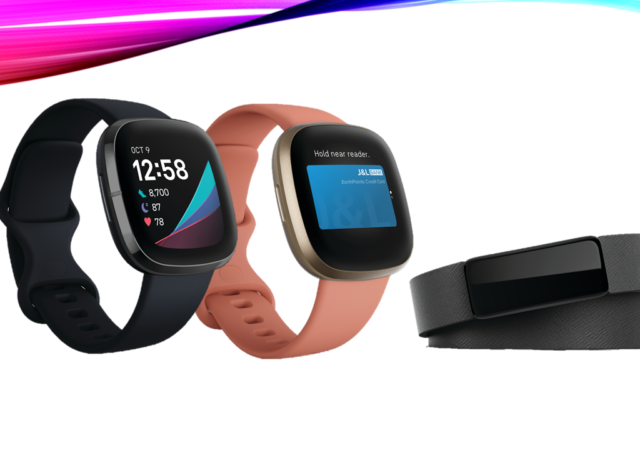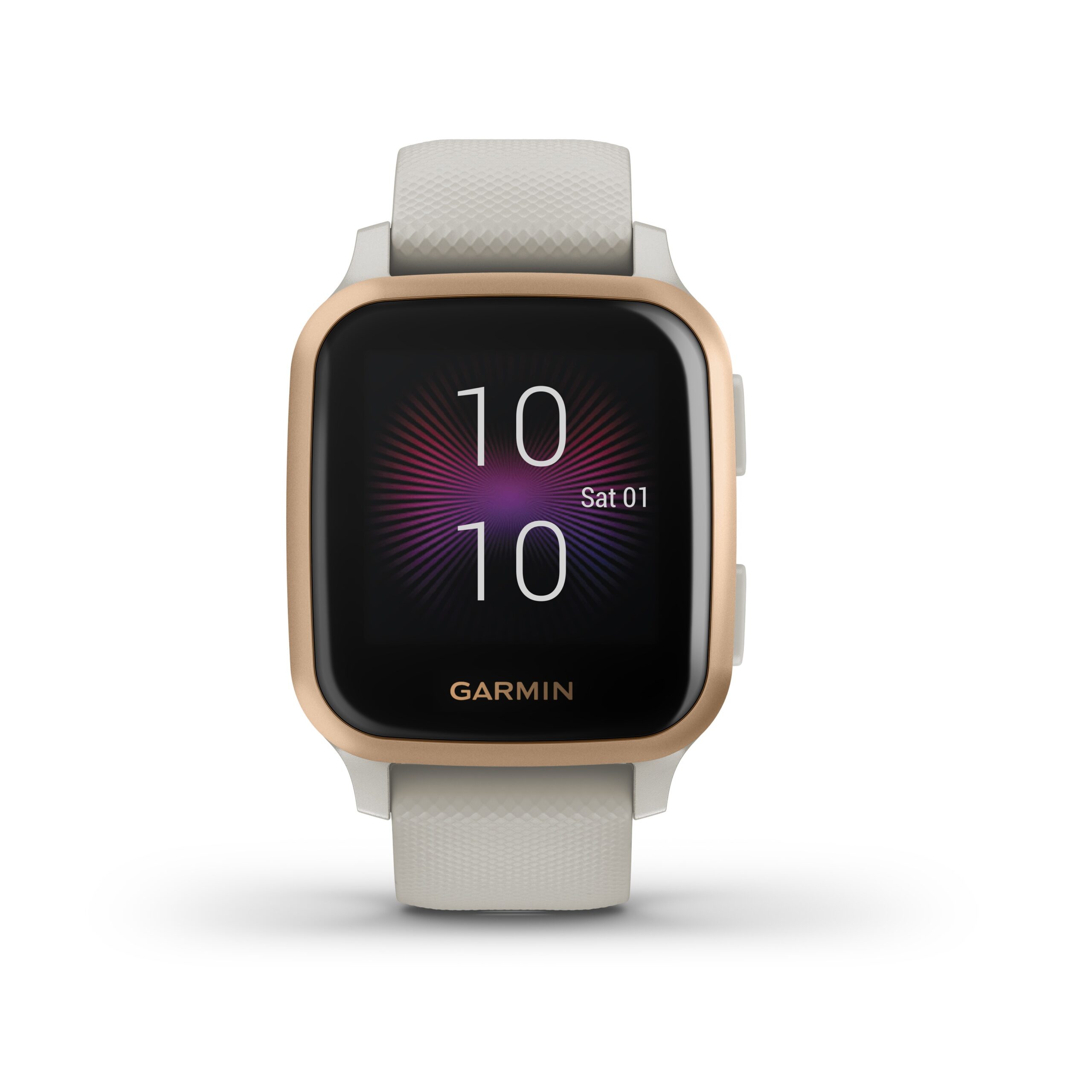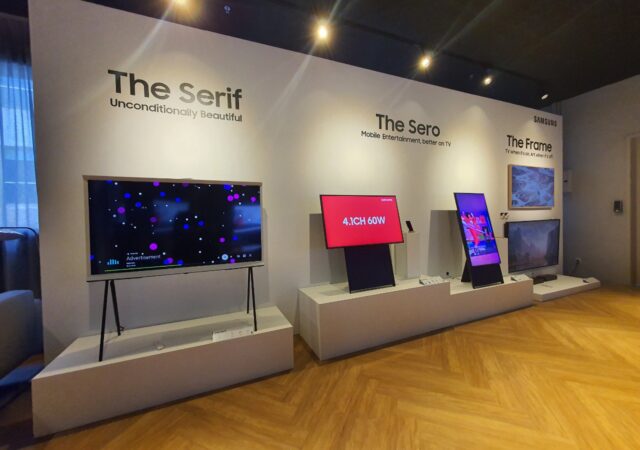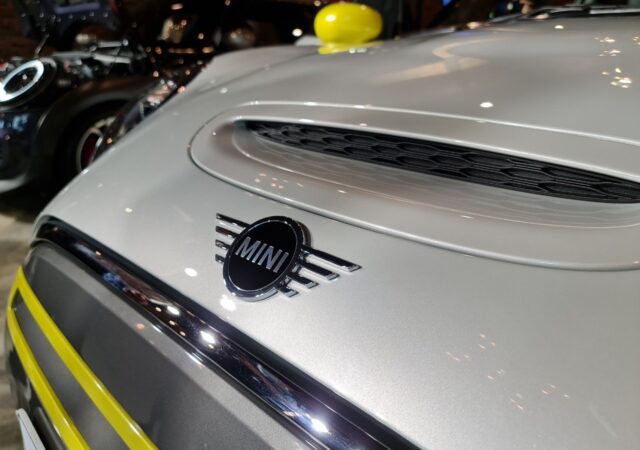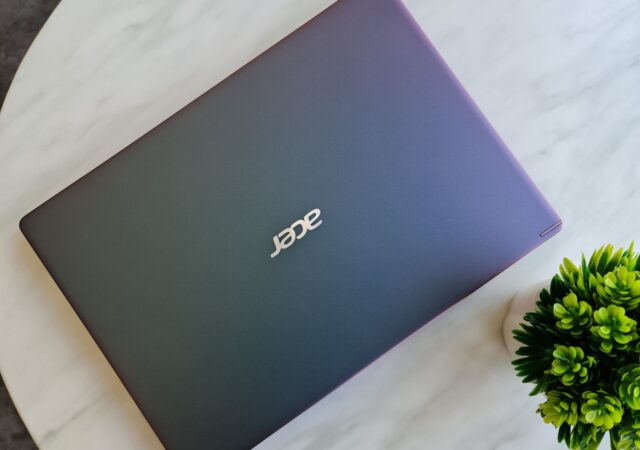Razer finally releases the Iskur gaming chair with unique lumbar support and adjustable arm rests for US$ 499.
Fitbit Unleashes the Sense, Versa 3 and Inspire 2 in Malaysia
Fitbit releases three new wearables in Malaysia ushering a new generation of fitness centric wearables imbued with features to empower fitness.
The HONOR MagicBook Pro and Watch GS Pro is now Available in Malaysia for MYR 3,559 and MYR 999!
HONOR just launched their brand-new MagicBook Pro notebook and Watch GS Pro smartwatch for MYR 3,599 and MYR 999 respectively.
Garmin Launches the Venu SQ in Malaysia – Affordable Garmin for Everyone!
Garmin just launched their latest Garmin Venu SQ smartwatch in Malaysia with two variants with prices starting from MYR 999.
In Front of Your Screen for Long Hours? You May Be Suffering from Eye Fatigue & Strain
Screen time, eye fatigue and eye strain are phrases that are becoming increasingly common nowadays; more-so since the COVID-19 pandemic has forced many of us to work remotely. The increased screen time has cause many of us to feel the…
Bring Some Pizazz to Your Home with Samsung’s New Lifestyle TVs
Samsung looks to bring some character to your living room with their new lifestyle QLED TVs: the Sero, the Frame and the Serif.
Tech & Tonic Kre8tif! 2020 Special featuring Hasnul Hadi Samsudin
In this special, we talk to Hasnul Hadi Samsudin about Kre8tif! 2020, one of the largest conferences for animation and creative properties in Southeast Asia.
One Step Closer to Malaysia’s Electric Dreams with the new All-Electric MINI
The All-Electric MINI is launched in Malaysia. The new MINI is a step forward toward an all-electric Malaysia for MYR 218,380.78.
Acer Brings Magic in Purple with Acer Aspire 5 (2020) at MYR 2,599
Acer introduces the new Acer Aspire 5 with Magic Purple finish. The new 14-inch notebook is available now for MYR 2,599




